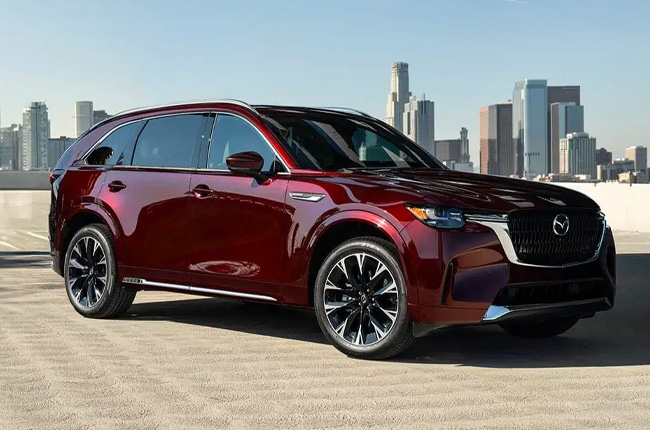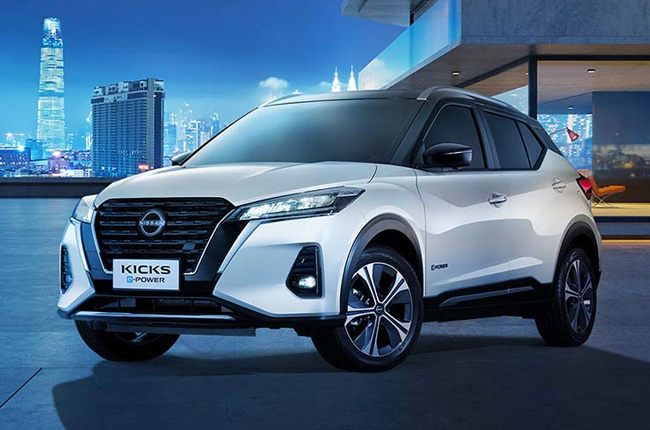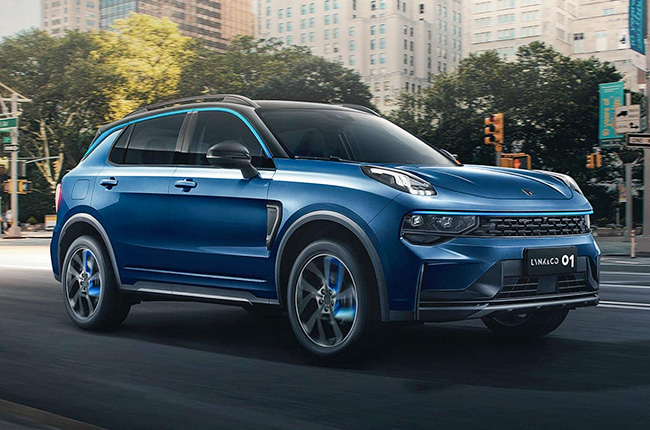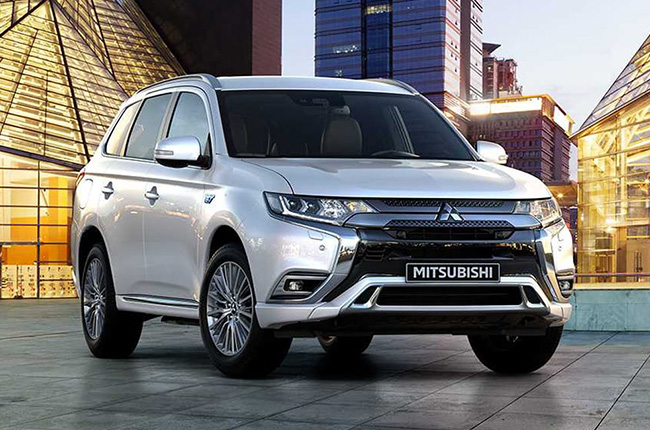
Hybrid cars are just starting to gain attention in the Philippines. While hybrids aren’t exactly new technology, they bring a new way to save on fuel and reduce emissions. With hybrids being relatively new here, you might come across some terms that are unfamiliar. Let’s break down what hybrid technology is and explore the differences between mild, full, and plug-in hybrids.
What is hybrid technology?
Hybrid technology in cars uses two power sources: a gasoline engine and an electric motor with a separate battery, which lets the car switch between using fuel, electricity, or both, depending on the driving situation. The goal of hybrids is to save fuel and create less pollution. Using electric power during parts of a drive burns less fuel and puts out fewer emissions than regular gas-only cars.
One of the main features in hybrids is called regenerative braking, which catches energy when you brake or would otherwise be lost as heat and stores it in the hybrid battery. This helps the car save power by using its own movement to make electricity. Regenerative braking is quite helpful when driving on highways since frequent stops mean more chances to capture energy with each brake.
Hybrids have a high-voltage battery that powers the electric motor and charges in different ways. A lot of hybrids use regenerative braking to recharge, while some also use the gasoline engine to add power. Most hybrids don’t need to be plugged in, though plug-in hybrids allow charging at home or at a station, giving them a longer electric-only range. Different carmakers create their hybrids differently, so some hybrids rely more on the gasoline engine, while others use the electric motor for low speeds or short trips.
What is a mild hybrid?
In simple terms, a mild hybrid car uses a gasoline engine with a small electric motor. Unlike full hybrids, the electric motor in a mild hybrid can’t run the car alone since it only helps the engine, especially when driving slowly or picking up speed. However, the extra help means the engine doesn’t have to work as hard, which saves fuel and lowers emissions compared to regular gas cars. Mild hybrids also have a 48-volt battery that recharges when you brake, through a system called regenerative braking, as mentioned above.
A good example is the Suzuki Ertiga Hybrid, which has a 1.5-liter engine that gets a little power from an electric motor, which makes driving more fuel-efficient and smoother. Another option is the Mazda CX-90, which has a larger 3.3-liter engine and Mazda’s M Hybrid system, adding 16 horsepower for more power and better fuel savings. The Mazda CX-60 also uses this system, with either a gasoline or diesel engine option, giving quick and smooth responses because of the mild hybrid support.
For anyone new to hybrids, mild hybrids are an easy place to start because they save fuel without needing to be plugged in or charged. Models like the Suzuki Ertiga Hybrid, Mazda CX-90, and CX-60 are good examples of how mild hybrids can make everyday driving a bit more efficient and comfortable. Mild hybrids offer a simple way to enjoy some fuel-saving benefits without switching to a fully electric car.
What is a full hybrid?
As the name suggests, a full hybrid car can run on a gasoline engine, an electric motor, or both at once. Known as a parallel hybrid, this type lets the electric motor handle low-speed trips, like city driving, and switches to the gasoline engine when extra power is needed, like during acceleration. Full hybrids also use regenerative braking, which catches energy when braking to recharge the battery, so there’s no need to plug in the car.
One example available in the Philippines is the Hyundai Tucson HEV, which uses a 1.6-liter gasoline engine with an electric motor to achieve around 15.6 km/L, giving drivers more mileage and lower emissions. With its 54-liter fuel tank and fuel-saving structure, the Tucson Hybrid is both eco-friendly and practical, providing a smooth and efficient drive, which is good for those wanting to reduce fuel costs.
On the other hand, the Nissan Kicks offers a different type of hybrid drive called e-POWER. Unlike most hybrids, the Kicks is driven entirely by an electric motor, while a small gasoline engine is used only to recharge the battery as needed, which gives the Kicks an electric car feel with instant power, but without the need for charging stations, getting about 21.7 km/L. If you’re looking for a quieter, more electric-like car that gives you that electric feel but still runs as a hybrid, the Nissan Kicks is a great choice.
What is a plug-in hybrid?
Lastly, a plug-in hybrid, or PHEV, is a type of hybrid car you can charge by plugging it into an outlet or charging station, like an electric car. Unlike mild or full hybrids, it has a larger battery and a gasoline engine that can also charge the battery as you drive. PHEVs let you go short distances on electric power alone, where you want to save fuel and reduce emissions but still have a gasoline engine for longer drives.
For example, the Mitsubishi Outlander PHEV has a 2.4-liter gasoline engine and two electric motors that handle most of the driving work. It can run on electric-only mode for shorter trips, helping you cut back on fuel, while still providing you with the power of a gas engine for longer drives. On top of this, it comes with advanced safety features like blind-spot warning, lane assist, and adaptive cruise control, making it a well-rounded choice.
Another option is the Lynk & Co 01 PHEV, which pairs a 1.5-liter gasoline engine with an electric motor that can power the car for up to 69 km on electricity alone. People who want to do most of their drives on electric power but still have the gasoline engine for those longer trips may want to consider this. The car automatically switches between electric and gas power based on battery levels and driving needs, giving you a mostly electric drive with the guarantee of gas power for added range when you need it.
The future of hybrids in the Philippines
Hybrids are slowly making their way into the Philippines, and with the different types: mild, full, and plug-in hybrids, it can be confusing to know which is right for you. However, as more brands recognize the need for fuel-saving and eco-friendly cars in the country, we’re likely to see more hybrid and even fully electric vehicles in the coming years. For now, options from brands like Mitsubishi, Lynk & Co, Hyundai, Nissan, and others are available, each offering the benefits to help you save fuel and reduce emissions.
Are you considering any of the cars we talked about? If so, just hit the ‘Get Quote’ button for a free, no-obligation quote. You can even schedule a test drive to get a real feel for the car before deciding.
Latest Features
-
The difference between wax and polish / Tips & Advice
Confused about whether your car needs a wax or polish? This article will guide you on what they are and what to choose for your car.
-
The 6 things every Ford Ranger must pass before it leaves the factory / Featured Article
Every Ford Ranger, from the base model to the Ranger Raptor, goes through a full inspection process before it leaves the factory. This includes six steps that make sure it’s ready to drive a...
-
Which GAC AION EV is best for your everyday lifestyle? / Featured Article
The GAC AION lineup has something for everyone, maybe you're after space, speed, or just a smooth city drive. Here's a quick breakdown of which model might work best for your day-to-day life...
Popular Articles
-
Cheapest cars under P700,000 in the Philippines
Jerome Tresvalles · Sep 02, 2024
-
First car or next car, the Ford EcoSport is a tough package to beat
Jun 18, 2021
-
Car Maintenance checklist and guide – here’s everything you need to know
Earl Lee · Jan 12, 2021
-
Most fuel efficient family cars in the Philippines
Bryan Aaron Rivera · Nov 27, 2020
-
2021 Geely Okavango — Everything you need to know
Joey Deriquito · Nov 19, 2020
-
Family cars in the Philippines with the biggest trunks
Sep 20, 2023
-
Head to head: Toyota Rush vs. Suzuki XL7
Joey Deriquito · Oct 28, 2020
-
Why oil changes are important for your car
Earl Lee · Nov 10, 2020
-
2021 Kia Stonic — What you need to know about it
Joey Deriquito · Oct 16, 2020
-
Top 7 tips for buying a used car in the Philippines
Joey Deriquito · Nov 26, 2020











